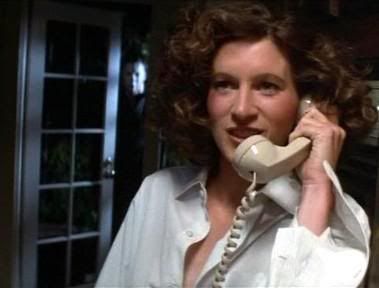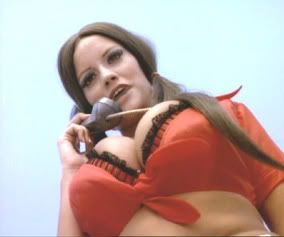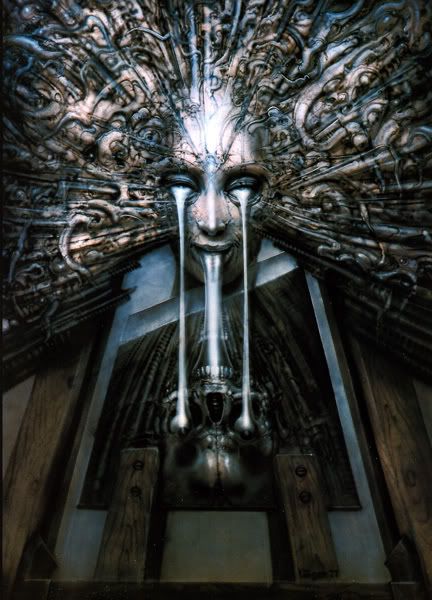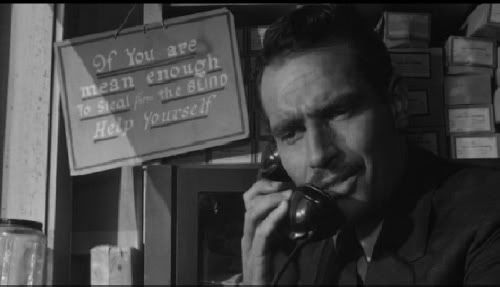This is a re-re-post with updated, working video.
Like a lot of folks, I'm a huge fan of animation in most all of it's forms. I'm particularly fond of stop motion or claymation. Whether in commercials; shows such as: Moral Orel, Robot Chicken, Gumby or the beloved Christmas specials with Rudolph the Red Nosed Reindeer, the Island of Misfits Toys and all the variations I'm usually curious to check 'em out.
At some point in the 1980's I saw excerpts from Frank Zappa's "Baby Snakes" on television, perhaps Night Flight and that was my first exposure to Mr. Bickford's work. A few years later I tracked down The Amazing Mr. Bickford on vhs and was blown away. The soundtrack is orchestral pieces by Frank Zappa and the visuals are rendered in mind bending and bewitchingly fascinating claymation created by the talented Bruce Bickford, namesake of the film's title. It's a heck of a feast for the eyes, as the surreal scenes continuously morph piece by piece into something entirely transformed. The music often mimicking the on screen activity. It's heady, trippy stuff, and not for the little kids. Out of print, but worthy of viewing. Take a look below.







